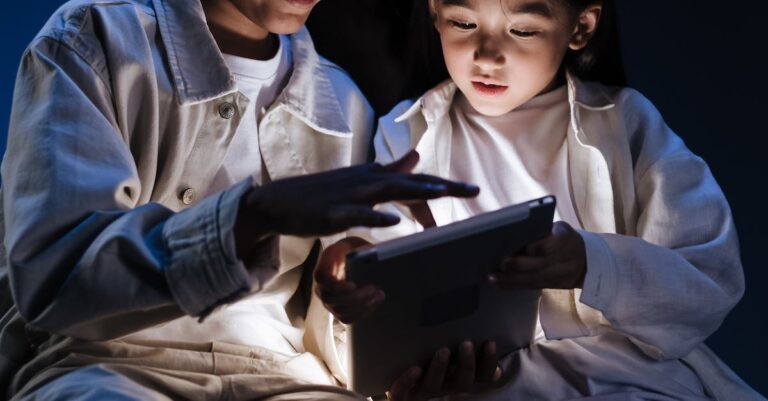The Transformative Power of Social Media in Education: A Closer Look at its Benefits
Introduction:
Social media has become ingrained in our everyday lives, with more than half of the global population actively using various platforms. Not surprisingly, it has also found its way into the educational industry, bringing with it numerous benefits that have outweighed some of its negative factors. In this article, we will explore how social media is transforming education, bridging communication gaps between teachers, students, and parents, enhancing collaboration, and preparing students for their future careers.
Title 1: Stay Updated with School Events and News: The Power of Instant Alerts
Long gone are the days when important school notices were handed out via notes, making it difficult for students and teachers to stay up-to-date. Social media platforms such as Twitter, Instagram, and Facebook have revolutionized the way schools communicate with their communities. Through instant alerts on mobile devices, both parents and students can easily stay informed about exams, tests, unexpected school holidays, and other important events.
Title 2: Hassle-Free Communication: Building Bridges between Students and Teachers
Not all students feel comfortable asking questions in front of their peers or approaching teachers in person. However, social media sites have made it convenient for students to communicate with their teachers effortlessly. By simply hitting the send button, students can seek clarification, assistance, or feedback from their instructors. This seamless communication improves student-teacher relationships and fosters a supportive learning environment.
Title 3: Convenient Collaboration: Breaking Barriers in Group Work
Group assignments and projects are essential for academic and professional development, but coordinating schedules and physical presence can pose challenges. Social media platforms offer video chats and group chats, allowing students to share project progress and receive collective feedback. Additionally, platforms like Google Docs enable real-time collaboration, making group assignments more efficient and effective.
Title 4: Exposure to Technology for Future Professional Life: Harnessing the Power of Social Media
On average, individuals spend approximately 2.5 hours each day on social media platforms. This exposure to technology through social media not only enhances students’ familiarity with digital tools but also keeps them updated on technological developments. This acquired knowledge and experience will prove invaluable as they embark on their future professional careers, where technology plays a vital role.
Title 5: Learn New Languages: Expanding Horizons through Social Media
Connecting with people from diverse backgrounds on social media makes it easier for students to learn new languages. Through video or voice calls, they can communicate with native speakers and polish their language skills. This convenient and often cost-free language learning experience enhances students’ resumes and sets them apart in a competitive job market where multilingualism is highly valued.
Conclusion:
Social media’s transformative influence in education cannot be ignored. From enabling instant updates and communication to facilitating collaboration and language learning, these platforms have revolutionized the way students engage with their educational journeys. Embracing social media in education equips students with necessary skills for the future, encouraging growth, innovation, and global connectivity. Despite its potential drawbacks, social media continues to push the boundaries of learning in the 21st century.







